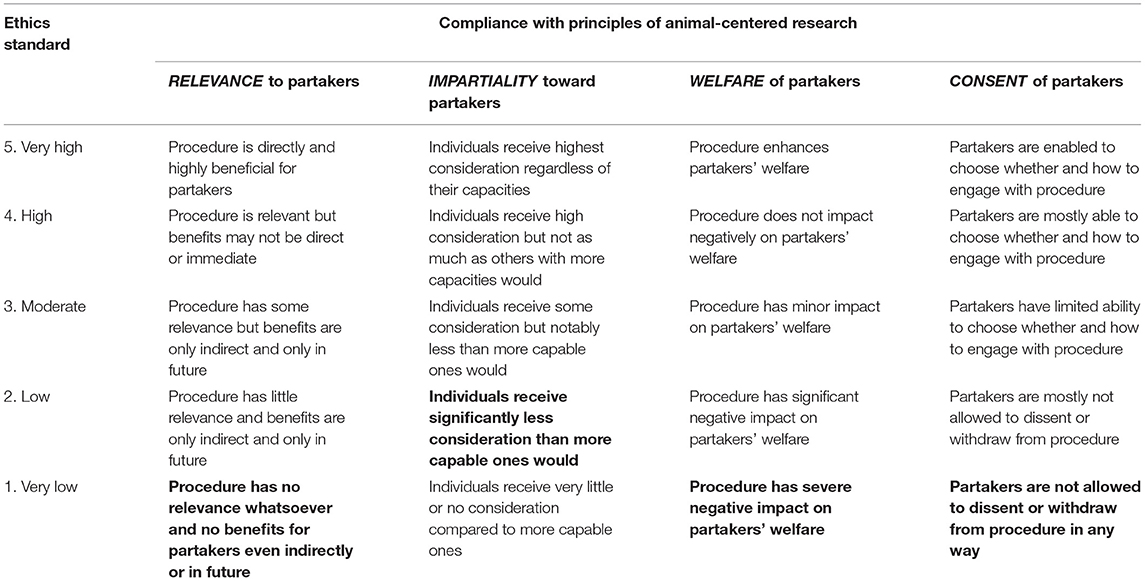
# Beyond the Five Senses: Investigating Lesser-Known Senses Among Humans and Animals
We were mostly educated that humans possess five senses—sight, sound, smell, taste, and touch. While these five senses are essential for our interaction with the environment, contemporary science has revealed that humans have many more senses, potentially numbering in the dozens! Furthermore, a variety of animals exhibit distinctive sensory capabilities that enable them to experience their surroundings in ways beyond human ability. Let’s explore these intriguing, lesser-known senses.
## Awareness of Your Body
**Proprioception** is the capability of the body to recognize its positioning and movement in space. This sense allows us to grasp items without visual guidance and maintain stability while walking. Closely associated is **kinesthesia**, which aids in the detection of movement. These senses operate through muscle spindles—specialized receptors in our muscles that relay information to the brain about the location of our body.
This sense works independently of vision, enabling individuals to navigate even with their eyes shut. Lacking proprioception would make simple actions such as typing or walking exceedingly difficult.
## Pain Perception
**Nociception**, the capacity to perceive pain, constitutes another specialized sense. When bodily tissue is harmed due to an injury, **nociceptors** (pain receptors) transmit signals via the nervous system to the brain, enabling quick reactions to evade additional damage. This pain sensation also supports our learning process to steer clear of perilous circumstances in the future.
Interestingly, different regions of the body exhibit varying degrees of pain sensitivity—some areas, like fingertips, have a high density of nociceptors, while fewer nociceptors are found in internal organs.
## Temperature Sensation
The capacity to perceive temperature variations, referred to as **thermoreception**, is vital for survival. Our bodies contain **thermoreceptors** that detect heat, cold, or both. Temperature data is conveyed through the same nerve fibers as pain, which elucidates why extreme temperatures can provoke pain.
Thermoreception is essential in our daily existence, allowing us to recognize environmental hazards (such as extremely hot or cold surfaces) and to regulate our body temperature.
## The Sense of Balance
The **vestibular system**, situated within our inner ear, governs balance. It comprises three semicircular canals filled with fluid. When we move, this fluid shifts, activating tiny hair-like sensors that transmit balance signals to the brain.
An effective vestibular system enables us to walk upright, remain still without toppling over, and perceive motion even when our eyes are closed. Damage to this system can result in dizziness or vertigo.
## Echolocation: Perceiving Without Sight
While often linked to bats and dolphins, **echolocation** is a sense that humans can also cultivate. Various animals depend on echolocation to navigate or hunt in darkness. By producing sounds and interpreting the returning echoes, creatures like bats and toothed whales can create a mental representation of their environment.
Remarkably, some blind individuals have trained themselves to practice echolocation by generating clicking noises with their tongues and listening for the echoes from nearby objects, enabling them to visualize their surroundings without sight.
## Electricity Detection
**Electroreception** is a rare sense predominantly found in aquatic creatures, as water is an excellent conductor of electricity. Sharks, rays, and certain fish utilize **ampullae of Lorenzini**, specialized electroreceptor cells, to perceive electrical signals from nearby prey, even when concealed under sand.
Bees also employ this ability to detect electric fields around flowers, assisting them in locating nectar-rich blooms. This highlights how different animals have adapted this sense for various uses: hunting, finding food, or communication.
## Sensing Magnetic Fields
Numerous migratory creatures, including birds, turtles, and bees, have **magnetoreception**, enabling them to sense the Earth’s magnetic field. This ability assists them in navigating long distances without relying on visual landmarks.
Researchers are still investigating the precise mechanisms behind magnetoreception. One hypothesis proposes that animals utilize **cryptochrome**, a light-sensitive protein in their eyes, while an alternate theory involves the existence of tiny magnetic minerals like magnetite within their bodies.
Remarkably, recent research indicates that human brains may respond to magnetic fields. Although we might not consciously perceive them, this revelation paves the way for additional inquiries into whether humans possess a latent or underdeveloped magnetoreception capability.
## Conclusion
Human perception extends well beyond the classic five senses. In truth, we depend on a multitude of sensory systems to engage with the world—from sensing pain and temperature to maintaining balance and even detecting magnetic fields. Meanwhile, many animals have evolved specific senses, such as echolocation and electroreception, endowing them with extraordinary talents.
As scientific exploration continues to unveil more about these hidden senses, we may one day uncover even additional ways in which humans and animals experience the world around them. Who knows? There might be yet undiscovered senses awaiting revelation.